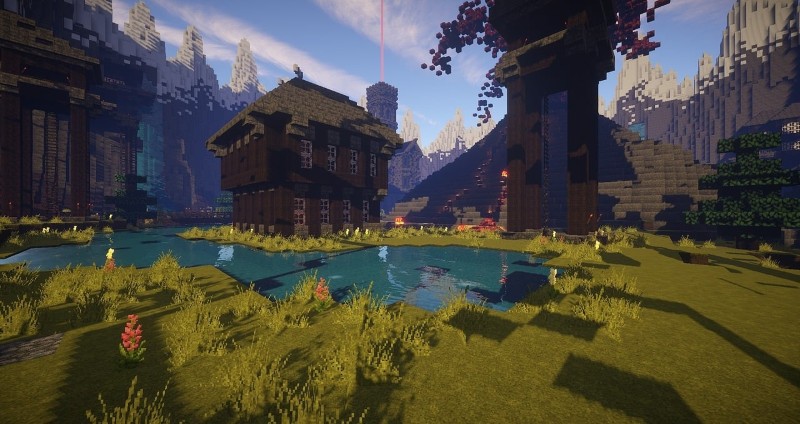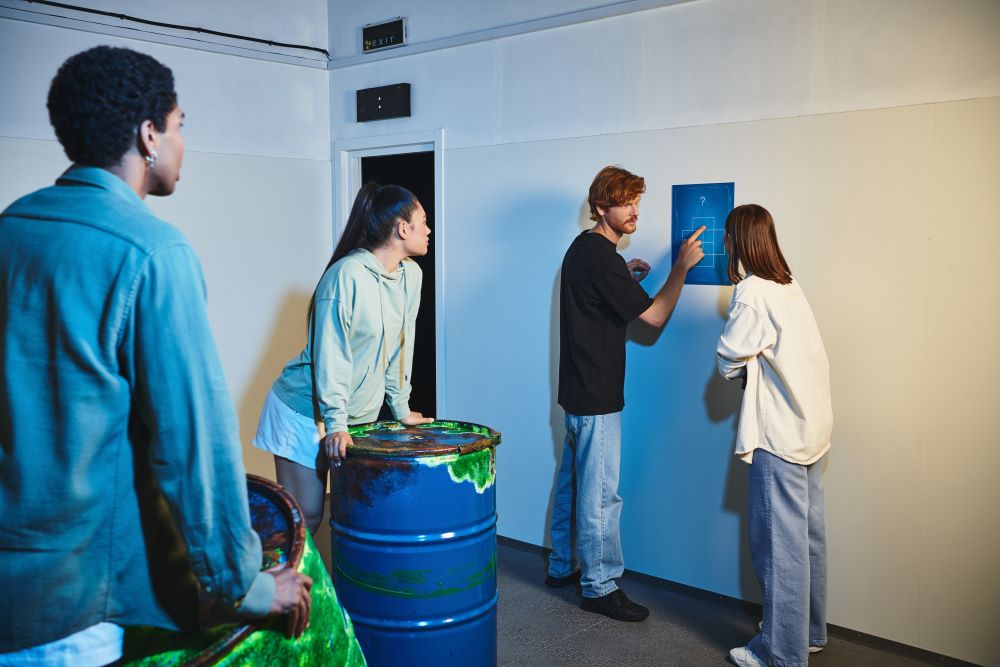There is a difference between Remarkable and Transformative Serious Games.
There’s a growing number of serious games (games designed to teach, heal, and to build empathy). Many of them are remarkable. They’re engaging. Immersive. Memorable. They might even leave players in awe of the experience. But being remarkable isn’t the same as being transformative. And for the kind of impact many of these games are aiming for, such as shifts in behavior, mindset, or cross-cultural understanding, remarkable simply isn’t enough.
Remarkable experiences are the ones we talk about at dinner. They leave a strong impression. They make us feel. But those feelings often fade. A transformative experience, on the other hand, is one that sticks with us. It alters our perspective in a sustained and prolonged way. An experience like this is the difference between remembering something fondly… and changing how you move through the world because of it. In the context of serious games, this is the gap we can close.
One of the primary reasons serious games or experiences fall short of real transformation is framing (or rather, the lack of it). Too often, designers rely on the content like a strong story, and mechanics to do the heavy lifting. These are certainly important. Just don’t assume that if a game is built around important topics like trauma, anxiety, or cultural identity, the impact will automatically happen.
Framing is what transforms a good experience into a life-changing one.
Framing begins before the game. It prepares the participant to bring their own lived experience into the space and sets expectations about how personal growth might take place. It continues during the experience, reinforcing the metaphor and giving language to what’s unfolding. And most importantly, it includes the after. This is the part so many games miss: the debrief, the reflection, the integration. Without it, insights fade and players move on. With it, they return months later still rethinking a belief or behavior they once took for granted.
Transformative games can and should be used across sectors like classrooms, therapeutic facilities, and conflict zones. They can address trauma, build resilience, support people living with anxiety, or help foster understanding between displaced communities and host cultures. But transformation doesn’t come from mechanics and story alone – no matter how immersive they seem. It comes from meaningful design choices that recognize the player as an agent of change in their own life, not just a character in a story.
So, the next time you design a game to have a strong impact, you have to ask: Are we aiming to be memorable or are we setting the stage for something more enduring? Are we designing for awe or are we designing for change?
Because the difference between remarkable and transformative is not about complexity or length. It’s about intentional framing. And it’s time we start building serious games seriously.
Guardian Adventures provides consulting and transformative design for therapeutic centers, museum and science centers, summer camps, amusement & attraction industries, and more.




